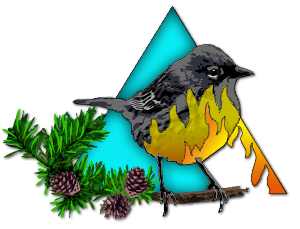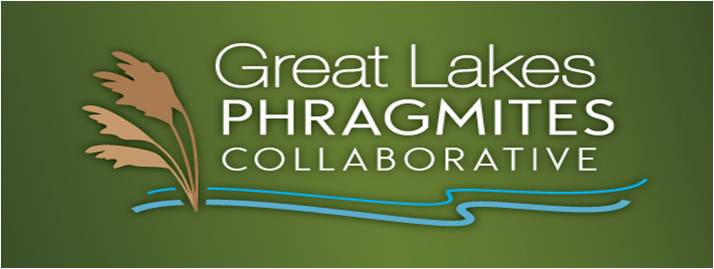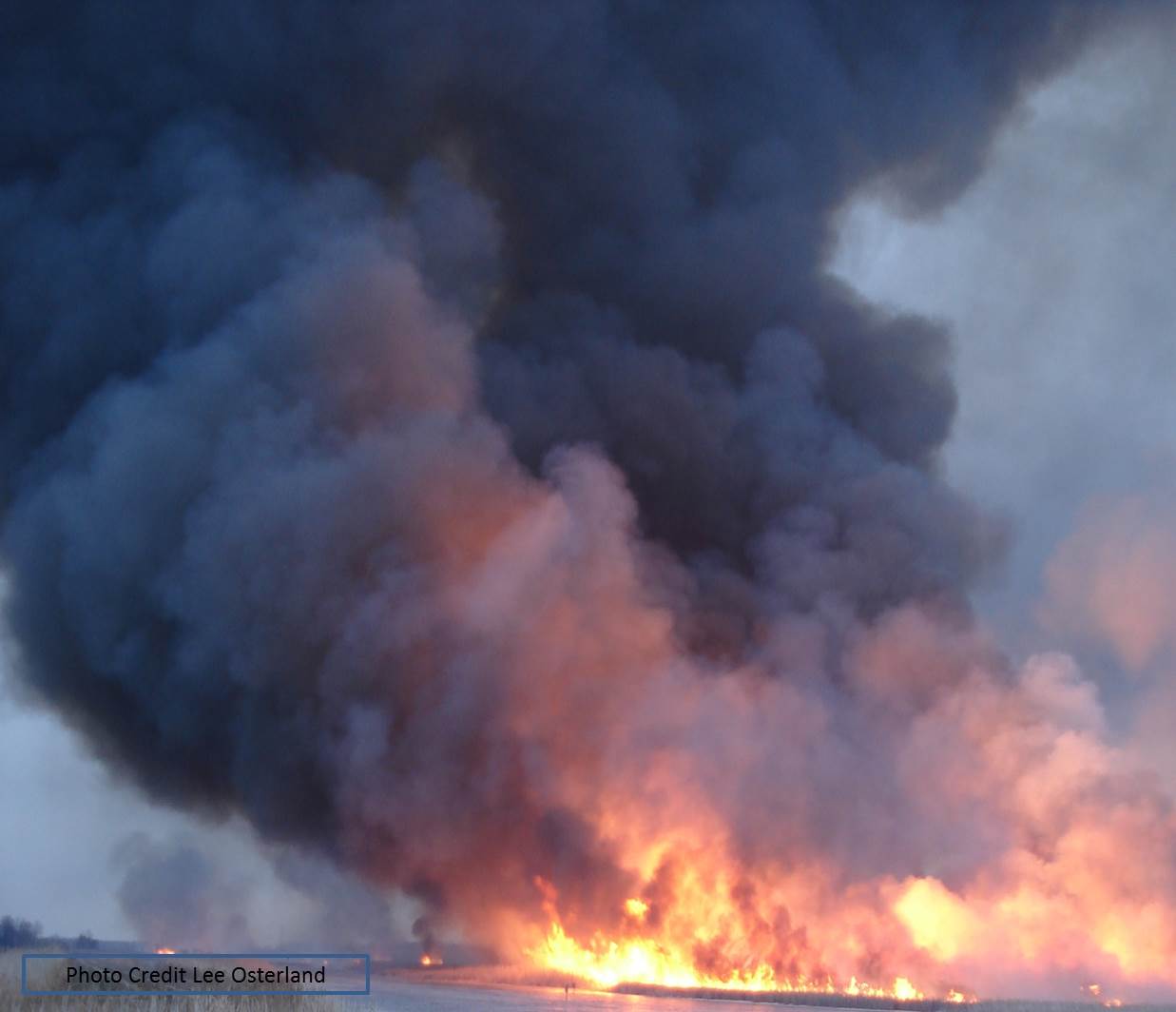Navigation

Upcoming Events
There are no events planned.
2014-2015 Webinar Series
Phragmites and Prescribed Fire: Seasonal Prescriptions and Risk
A Two Part Webinar Series from the Lake States Fire Science Consortium and the Great Lakes Phragmites Collaborative
PART ONE – Thursday January 15, 2015 at 2 PM EST (1 PM CST)
PART TWO – Thursday March 12, 2015 at 2 PM EST (1 PM CST)
Lee Osterland
Fire Management Specialist
Michigan Department of Natural Resources
Prescribed fire can be an important tool in the successful management of many invasive plants. This two-part webinar series will focus on the invasive plant Phragmites australis. Prescribed fire is often recommended as part of an integrated management regime. However, large Phragmites stands can create particularly challenging burn situations. With stalks that can be 15 feet tall, fires that create large amounts of smoke and particulates, quick spread rates, and extreme heat outputs, even experienced burn crews are put to the test.
Please join Lee Osterland, Fire Management Specialist, Michigan DNR, as he shares his experiences and lessons from 20 years of prescribed fire involving Phragmites. Lee hopes that you will join in on the dialogue about how fire is being used across the country as a management tool for this invasive plant.
Part One of this series focuses on the fire science of burning Phragmites, including how fuel loads are altered, the seasonality of fire and different prescriptions and modeling, blending fire operations with opportunities and risks, and the social and ecological drivers that are behind the considerations to use this high risk strategy. Part Two covers the “How To” of burning Phragmites, with a focus on fire management and operations, burn unit layout, equipment and crew needs, differences in prescriptions and crew needs based on season, public perception, smoke management, safety of crew and public, and constraints and opportunities.
We hope you will help us discuss the “Why and How” of burning Phragmites safely.
Part ONE: January 15, 2015 YouTube and PDF of presentation
Part TWO: March 12, 2015 YouTube and PDF
For more information on Phragmites please visit:

Great Lakes Phragmites Collaborative
Website: www.greatlakesphragmites.net
Email: phragmites@glc.org
Twitter: GLPhragCollaborative (@GLPhrag)
Facebook: Great Lakes Phragmites Collaborative

.png)
